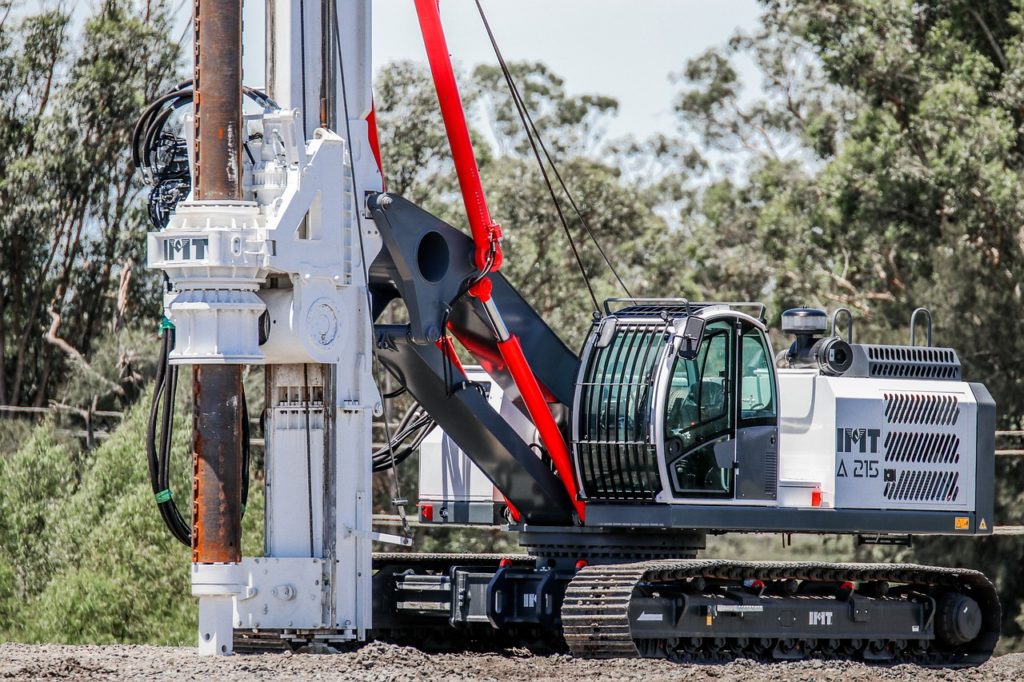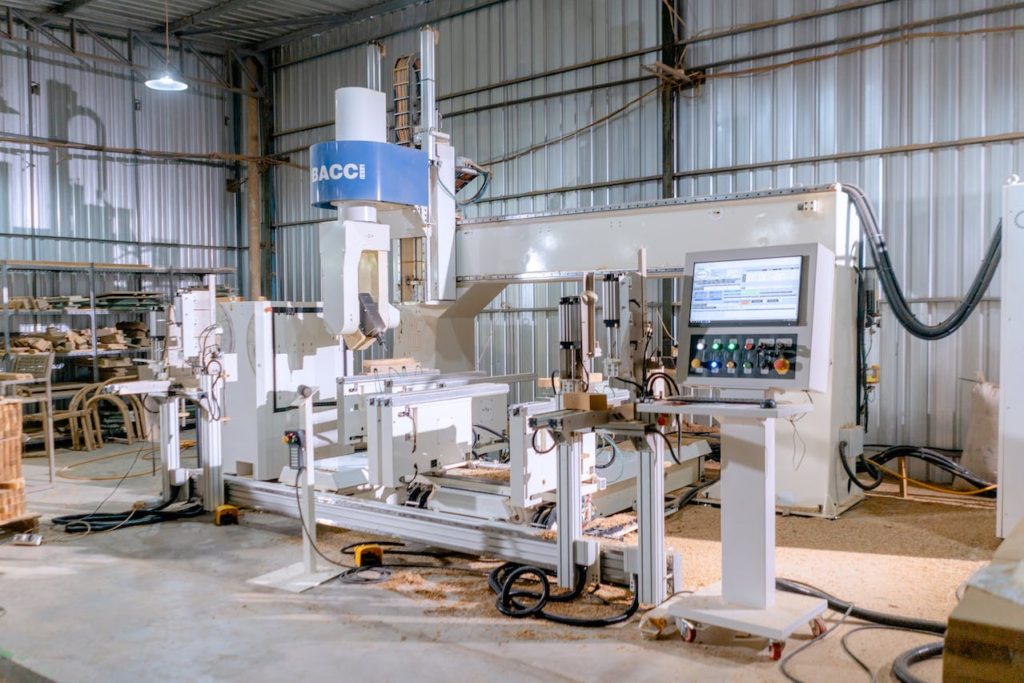Cold forging is a manufacturing process that involves shaping metal components at room temperature or slightly above it. This technique has gained significant popularity in various industries due to its numerous advantages over traditional hot forging methods. In this post, we will delve into the world of cold forged parts, exploring the benefits of the cold forging process and its diverse applications across different sectors.
Common Cold Forged Metals
Various metals are suitable for cold forging, each chosen based on its specific characteristics and application requirements. Here are some of the most commonly used metals in cold forging processes, highlighting their unique properties and applications.
Steel:
Properties: Steel is one of the most widely used metals in cold forging due to its exceptional strength, durability, and versatility. Cold-forged steel parts exhibit enhanced hardness and tensile strength, making them ideal for applications in the automotive, aerospace, and construction industries.
Applications: Common cold-forged steel components include bolts, nuts, shafts, gears, and various fasteners.
Aluminum:
Properties: Aluminum is ideal for its lightweight nature and corrosion resistance. Cold-forged aluminum parts offer a good strength-to-weight ratio, making them suitable for applications where weight reduction is critical.
Applications: Cold-forged aluminum is good for producing connectors, electrical components, and lightweight structural elements in industries like electronics and aerospace.
Copper:
Properties: Copper possesses excellent conductivity and corrosion resistance. Cold forging enhances its strength while maintaining its electrical conductivity, making it suitable for specific electrical and electronic applications.
Applications: Cold-forged copper is perfect for producing electrical connectors, terminals, and conductive components in the electronics industry.
Brass:
Properties: Brass, an alloy of copper and zinc, combines the properties of both metals. It offers a range of properties, including corrosion resistance, aesthetic appeal, and malleability.
Applications: Cold-forged brass is often employed in manufacturing decorative hardware, fasteners, and fittings in industries such as plumbing and electronics.
Stainless Steel:
Properties: Stainless steel is renowned for its corrosion resistance and durability. Cold forging enhances its strength and toughness, making it suitable for applications in harsh environments.
Applications: Cold-forged stainless steel is widely used in producing components for the automotive, aerospace, and marine industries, where corrosion resistance is essential.
Titanium:
Properties: Titanium is ideal for its high strength-to-weight ratio, corrosion resistance, and biocompatibility. Cold forging improves its mechanical properties while retaining its lightweight nature.
Applications: Cold-forged titanium finds applications in the aerospace industry for components like fasteners, bolts, and lightweight structural elements.
Advantages of Cold Forging:
Material Savings:
One of the primary advantages of cold forging is the efficient use of raw materials. Unlike hot forging, which often results in significant material wastage due to the need for excess material to accommodate temperature-related deformations, cold forging minimizes waste. The precision and accuracy achieved through this process contribute to material savings, making it a more cost-effective option.
Improved Mechanical Properties:
Cold forged parts exhibit enhanced mechanical properties compared to their hot-forged counterparts. The process strengthens the material, leading to improved hardness, tensile strength, and overall durability. The refined grain structure obtained through cold forging contributes to better performance under stress and fatigue conditions.
Complex Geometries:
Cold forging allows for the production of intricate and complex shapes with high precision. This is particularly advantageous in industries where intricate designs and tight tolerances are critical. The process enables the creation of parts with minimal post-forging machining, reducing production time and costs.
Surface Finish:
Cold forging results in a superior surface finish on the forged parts. The absence of oxidation and scale, which is common in hot forging, contributes to a cleaner and more aesthetically pleasing final product. This is especially crucial for applications where appearance matters, such as in automotive or consumer electronics.
Applications of Cold Forged Parts:
Automotive Industry:
Cold forged parts find extensive use in the automotive industry for manufacturing components like shafts, gears, and bearings. The improved strength and dimensional accuracy make them ideal for applications where reliability and precision are crucial.
Aerospace Sector:
In aerospace applications, where lightweight and high-strength materials are paramount, cold forged parts play a significant role. Components such as fasteners, bolts, and structural elements benefit from the enhanced mechanical properties achieved through cold forging.
Electronics and Appliances:
The electronics and appliance industries utilize cold forging for the production of connectors, terminals, and various small components. The ability to achieve complex shapes and maintain tight tolerances is especially valuable in these applications.
Construction and Infrastructure:
Cold forging is common in the construction and infrastructure sectors for producing components like bolts, nuts, and fasteners. The durability and strength of cold forged parts make them suitable for applications requiring robust and reliable connections.
In conclusion, cold forged machine parts have become integral to modern manufacturing processes, offering a range of benefits that contribute to cost-effectiveness, enhanced mechanical properties, and precise geometries. As industries continue to demand high-performance components, the popularity of cold forging will definitely grow, establishing itself as a preferred method for producing various metal parts across diverse sectors.


